 |
"Print" electronic components on coated paper.
Have you ever thought that you can "hit" a circuit board as easily as a word document at home and then assemble your favorite toy?
Recently, a study may make this imagination a reality. The research team led by Liu Jing, a researcher at the Institute of Physics and Chemistry at the Chinese Academy of Sciences, for the first time developed a technique for directly generating electronic circuits on paper and made a desktop 3D automatic prototype prototype. With this device, set up a program, you can "hit" out the circuit system you need.
"Ink" is liquid metal and the circuit prints directly on paper
The "printing" of electronic circuits on paper benefits from the breakthrough of liquid metal direct printed electronic methods at room temperature.
Liu Jing introduced that conventional circuit board manufacturing processes are usually time-consuming, consumables, and energy-consuming, and printed electronic methods, like printed text, form conductive lines and patterns directly on substrates, enabling traditional 7-8 channels. The process is shortened to 3-4 lanes and is quick and flexible.
But this method is bound by the "ink." In order to make the printed “ink†conductive, it is often necessary to use a conductive polymer or add a nano-particle material and achieve high-temperature curing or a specific chemical reaction. The liquid metal printing electronic method has taken printed electronics forward a great step forward. Its basic concept is that “ink†is a liquid metal that can be used as a circuit.
Under the traditional process, if the electronic engineer needs to change the circuit board, he needs to use chemical potions for treatment, and after etching and other steps can form his own design. The new liquid metal printing method makes the long design process at your fingertips. Liu Jing introduced that they have printed out a variety of relatively simple electronic circuits on paper. After testing, they have good conductivity and reliability. In theory, particularly complex circuits or electronic components can also be printed. It is understood that printing an A4-size paper-based circuit board currently takes only ten minutes, but the time may be longer for complex circuit patterns.
Liu Jing said that compared to commonly used plastic substrates, paper has the characteristics of low cost, portability, easy degradation, folding, and easy recycling, and is a green, environmentally friendly, and inexpensive circuit material.
New method will significantly expand the application of 3D printing
The premise of the realization of printed electronics is that "ink" should have liquidity. In order to find a way to directly produce electronic circuits at room temperature, Liu Jing's team has finally overcome this problem through in-depth analysis of the liquid metal transport mechanism. It is worth mentioning that the research team also achieved direct printing of 3D electromechanical systems. This means that the new method can not only print the planar circuit, but also complete the direct generation of the three-dimensional complex circuit and its support.
"The current 3D printing can only print the model itself, and it can't create devices that contain electronic functions." Liu Jing said that liquid metal printing electronic methods will significantly expand the application of 3D printing technology.
Paper instead of plastic, direct printing instead of integrated production, although far from the reality, but Liu Jing is more important, is behind the idea behind the possibility of personalized manufacturing of electronic devices. Experts believe that this technology is expected to change the rules of traditional electronic circuit manufacturing. Personalized circuit design methods have a large application space in electronic engineering, individualized electronic component design, manufacturing and processing, and creative design. Liu Jing believes that this technology is also expected to occupy the e-paper market. According to IDTechEx, a market research and consulting company headquartered in Cambridge, England, the e-paper market in 2013 is estimated to be approximately US$16 billion, which will increase to nearly US$77 billion in 2023.
In the future, electronics manufacturing may not be in factories, but in offices or homes. This is the future picture drawn by Liu Jing.
"Paper can be used as an integrated carrier for electronic components, which is of great significance." Liu Jing believes that paper carriers still have weaknesses such as water absorption and insufficient strength. However, they have great potential. With the improvement of technology, more types of printed circuits will be developed. Paper can also lead to more applications.
At present, large-scale integrated circuit production is still the mainstream, mature technology, there are economies of scale. Based on liquid metal printed electronic methods, there is still a long way to go before large-scale applications.
The first is the control of the metal "ink" dose. In addition, the type of liquid metal is very limited, and to achieve a complex design, rely on a variety of "ink" interactive automation. In terms of hardware development, it is also necessary to improve the automation level of printing equipment. Only by developing a desktop automatic printing system with a wide range of applications and moderate costs, can we truly enter the “home of ordinary peopleâ€. In addition, a sufficient number of applications and software are also important prerequisites for promotion. Liu Jing hopes that more researchers will participate in R&D-related applications in the future to ensure that even those who have no experience in electronic design can print e-cards, displays, billboards, robots, and even photovoltaics using control software that is preset in the computer. Battery arrays and other electronic products.
Despite the difficulties, but as the industry commented: This means that it opens up an extremely wide range of applications and even makes electronic devices through home printers. Reporter Yu Sikai
TORICH is specialized in producing and manufacturing profile steel pipes in China, and we can make different shapes of Profile Steel Tubes according to customers drawing and design.
Seamless Special Pipes /special pipe,Profile Steel Pipe, Seamless Special Pipes are produced by Seamless Cold Drawn with Special Mandre and Die to achieve specific shapes for different applications,
like Agricultural Parts, Machinery Parts, Auto Parts, Steering Drive Shaft, Profile Steel Tube,High Pressuer Boilers etcSeamless Rectangle Steel Tubes,
Seamless Rectangle Steel Pipes,
Seamless Square Steel Tubes,
Seamless Square Steel Pipes,
Seamless Omega Steel Tube,
Seamless Omega Steel Pipes,
Seamless Hexagonal Steel Tube
Outside Hexagonal and Inside Round Steel Tube,
Outside Round and Inside Hexagonal Steel Tube,
Seamless Elliptical Steel Tube,
Seamless Oval Steel Tube,
Multi Lead Rifle (MLR) Steel Tube
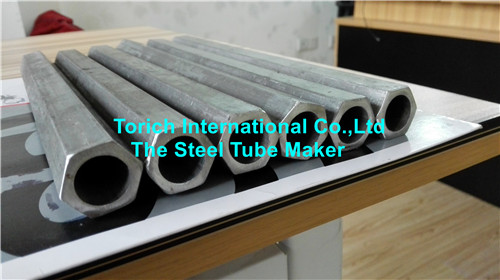
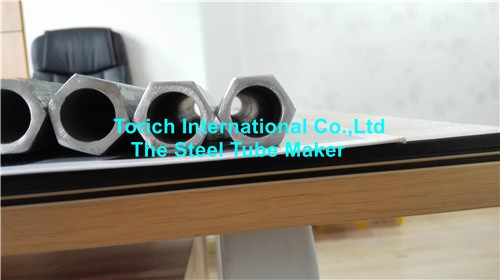

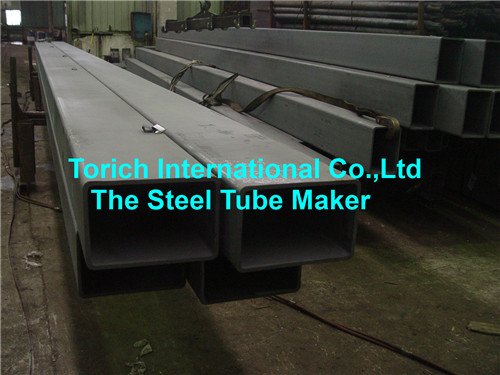
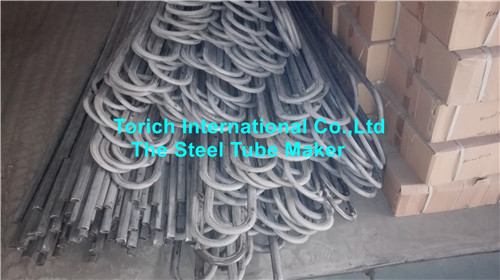
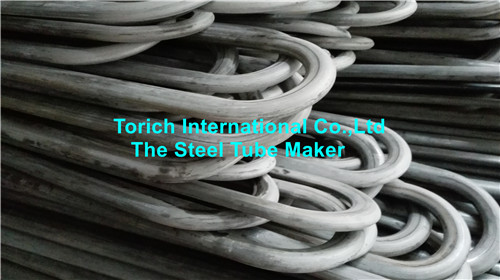

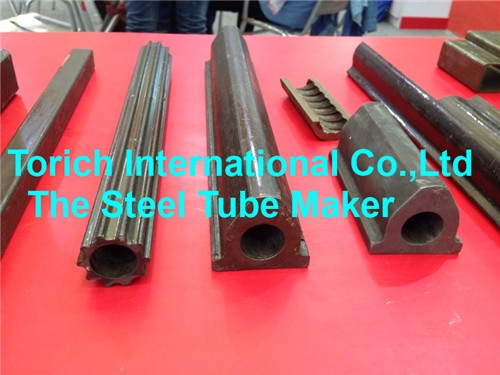
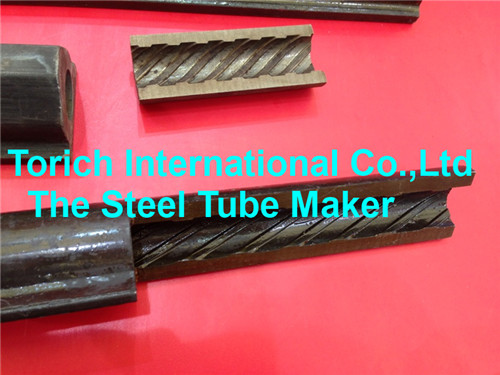
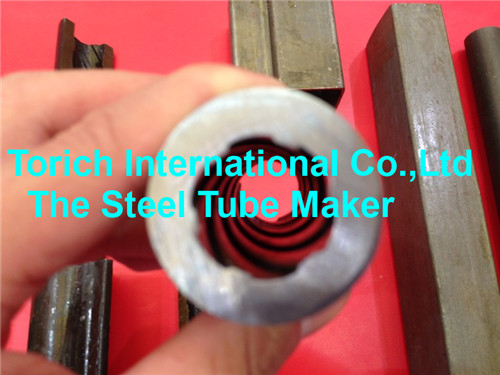
Profile Steel Tubes
Special Pipes,Engineering Special Steel,Elliptical Steel Tube,Triangle Steel Tube,Profile Steel Tube,Profile Steel Pipe
Torich International Co.,Ltd--The Steel Tube Maker , http://www.chinasteeltubepipe.com